CHILD’S PLAY (1988)
A struggling single mother unknowingly gifts her son a doll imbued with a serial killer's soul.
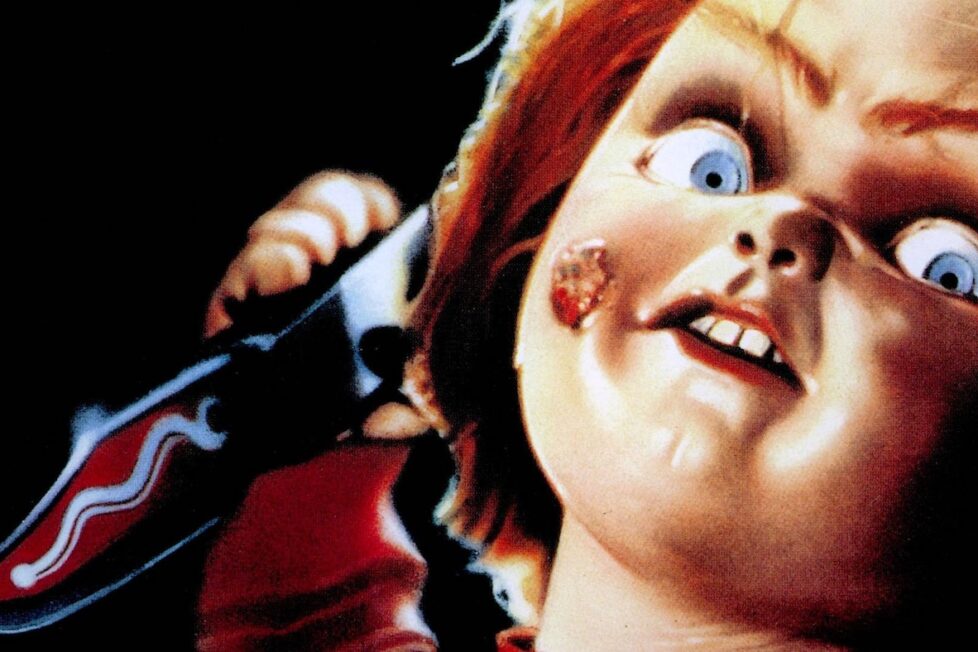
A struggling single mother unknowingly gifts her son a doll imbued with a serial killer's soul.


Of course, I’m going to praise Child’s Play when I’m 70 episodes deep into co-hosting a Chucky podcast. But in discussing Dolls (1987) and Puppet Master (1989), Chucky stands out even more nestled between those two killer doll movies. Modern approaches like The Boy (2016) and M3GAN (2023) are still competing with the bar Chucky set 35 years ago, let alone the Chucky TV series that’s on right now. There really is nothing quite like Child’s Play. Like a certain serial killer and voodoo incantation, a combination of creative voices came together to birth one extraordinary and enduring S.O.B.
Don Mancini, the creator of Chucky, has been with the iconic killer doll for over three decades. But his original screenplay, which went through several titles, including Batteries Not Included, and Blood Buddy, told a different story. Mancini’s satire of rampant commercialism was even blunter in early drafts, with dolls that cried and pissed being replaced by Buddy, the best friend who bled. The script was more of a psychological whodunit, with Mancini writing the doll as “… an expression of the kid’s unconscious rage. In a classic rite of brotherhood, the kid cuts his own thumb and the doll’s thumb so they’ll be best friends forever, and after that, the murders start.”
David Kirschner, then producing the animated adventure An American Tail (1986), “really wanted to prove [he] could do something scary.” When he read Mancini’s script for Child’s Play, he immediately optioned it, sketching a vivid image of murderous doll Chucky stalking a dark corridor based on Mancini’s detailed description. Kirschner’s creativity also led him to conceive of Chucky as “a monstrous psycho whose soul is stuck in that of the doll. Charles Lee Ray were the guys that haunted [his] childhood: Charles Manson, Lee Harvey Oswald, and James Earl Ray.”
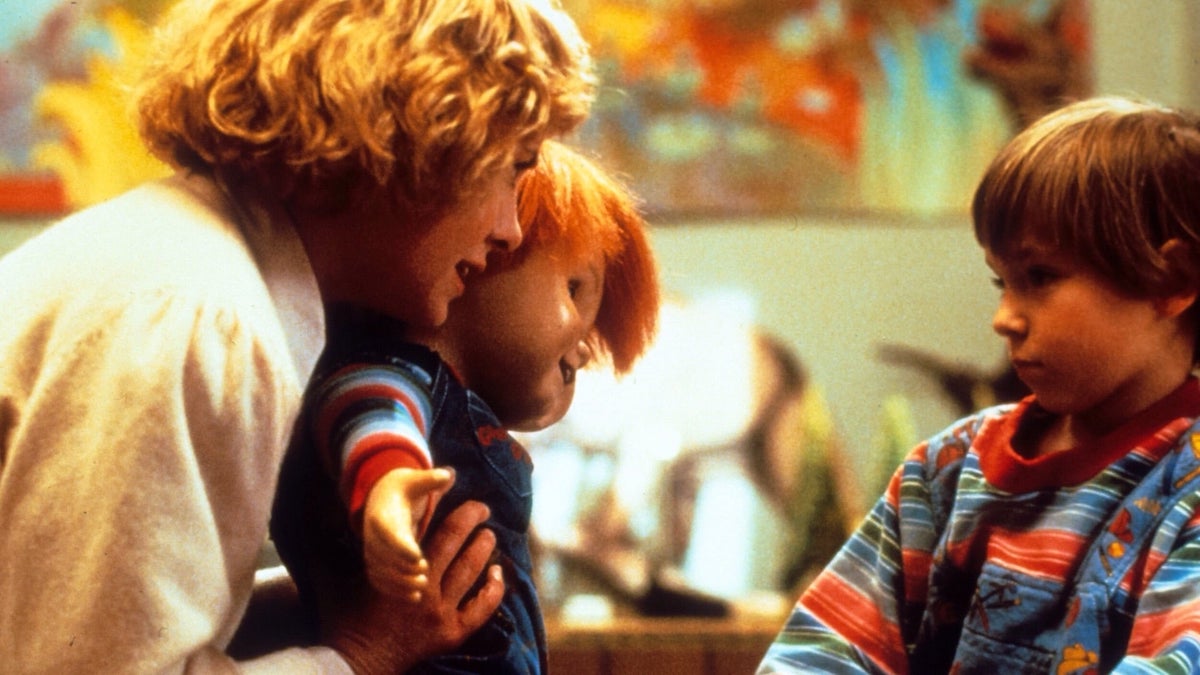
Pitching this story and artwork generated excitement among several studios, and United Artists acquired it, with John Lafia attached to rewrite the script. Lafia’s take on Charles Lee Ray had him dying in the electric chair, his soul transferred to a nearby doll factory. Lafia wanted to direct the film, but he ultimately settled for making the sequel. He claims “the biggest contribution I made was to give the character a back story so it was a human who somehow became a doll. In my draft, it became Charles Lee Ray. I coined the name Chucky.”
Several notable directors, including William Friedkin (The Exorcist), Irvin Kershner (Star Wars: The Empire Strikes Back), and Robert Wise (The Haunting), were considered for the film before Tom Holland (Fright Night) was personally recommended by Steven Spielberg. Holland was blunt in his assessment of the original script: “You didn’t care about anybody, so I created Charles Lee Ray. I had a serial murderer dwelling in the body of a child’s plaything. You had people you could identify with and care about. You had good and evil. None of those things were present in Blood Buddy.”
Mancini has always expressed gratitude to his collaborators for launching his career, and everyone involved has maintained a friendly relationship. Kirschner is adamant that “Don deserves a thousand percent of the credit for this, he was the young UCLA student that wrote the screenplay, and that was the beginning of everything.”
And so we get the story of single mother Karen (Catherine Hicks), who buys a second-hand Good Guy Doll after disappointing her son Andy (Alex Vincent) on his birthday. Little do they know this doll now harbours the soul of the recently deceased ‘Lake Shore Strangler’, Charles Lee Ray (Brad Dourif). His only chance at escaping an eternal plastic purgatory is transferring his soul into Andy. Before that, a little revenge on the people that killed him, who’s going to suspect a children’s doll?
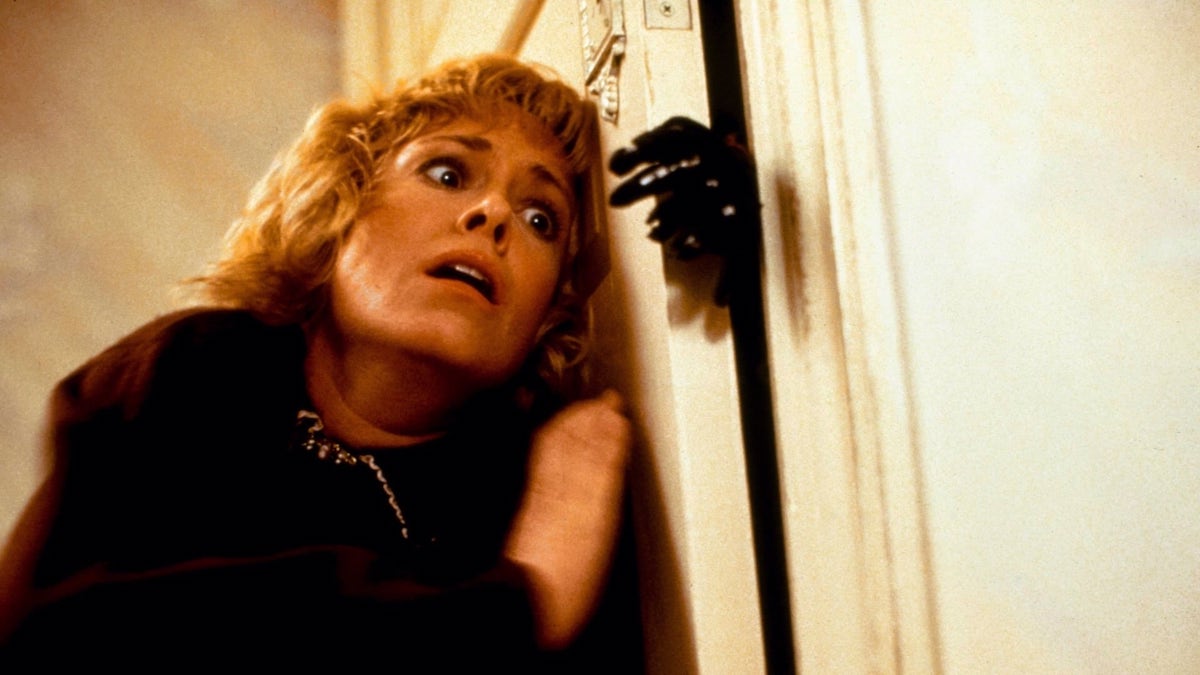
Karen and Andy’s saccharine-sweet family image is juxtaposed with the resounding strength of the actor’s performances, propelling the story forward. Hicks is tremendous as the first film’s true protagonist, sharing the assertive responsibility of Ripley from Alien (1979). Though shoehorned in as the macho cop who “killed” Ray, Detective Norris (Chris Sarandon) can hardly keep up with Karen’s spirited determination to keep her child safe. From provoking Norris with her suspicions to challenging the back-alley peddler, Karen’s resolve culminates in the iconic reveal of Chucky in all his foul-mouthed glory. Karen’s defiant demand “I said talk to me, damn it!” while holding him over the fireplace is met biting, clawing, and screams of bloody murder, and yet she still chases him out the apartment. Like Ripley, Karen can’t avoid or ignore the threat; she must confront it.
At six years old, Alex Vincent delivers an adorable and heartbreaking performance as Andy Barclay, a young boy forced to fight for his and his mother’s lives against a murderous doll. Andy is the catalyst of the story, yet the direction in the first half of the film is restrained to an adult’s perspective. The key source of tension as the boy who cries wolf, innocently repeating “Chucky says Aunt Maggie was a bitch and got what she deserved”. The audience is aware of the danger Andy is in from the start and we root for Karen and Andy to recognise the ticking time-bomb before it goes off. Vincent superbly portrays the tragic arc of a child struggling to comprehend that his new best friend is actually a thirty-something serial killer.
Don Mancini was influenced by Freddy Krueger, and just as Robert Englund became synonymous with that role, Brad Dourif perfected Chucky. Child’s Play holds off on revealing Chucky’s true monstrous nature, but we’re treated to a preview of Dourif’s enormous performance in the prologue as Ray dies. What makes Chucky so pitch-perfect is that it’s the total opposite of Freddy’s smug satisfaction in death. Lacking the sequels’ revelry in settling as a killer doll, here Chucky is desperate to get back to flesh and blood. His full-throated rage exposes a blustering indignity, his voice cracking and peaking through relentless threats. It’s remarkable that Dourif almost missed out on this career-making role.
After several pre-production delays, Tom Holland grew restless and decided to direct Fatal Beauty (1987). There he cast Brad Dourif as a murderous drug pusher, praising his ability to “convey a gleeful sadism; he made it fun.” However, Dourif had already signed on to Spontaneous Combustion (1990), so he was recast in Child’s Play… with Jessica Walter.
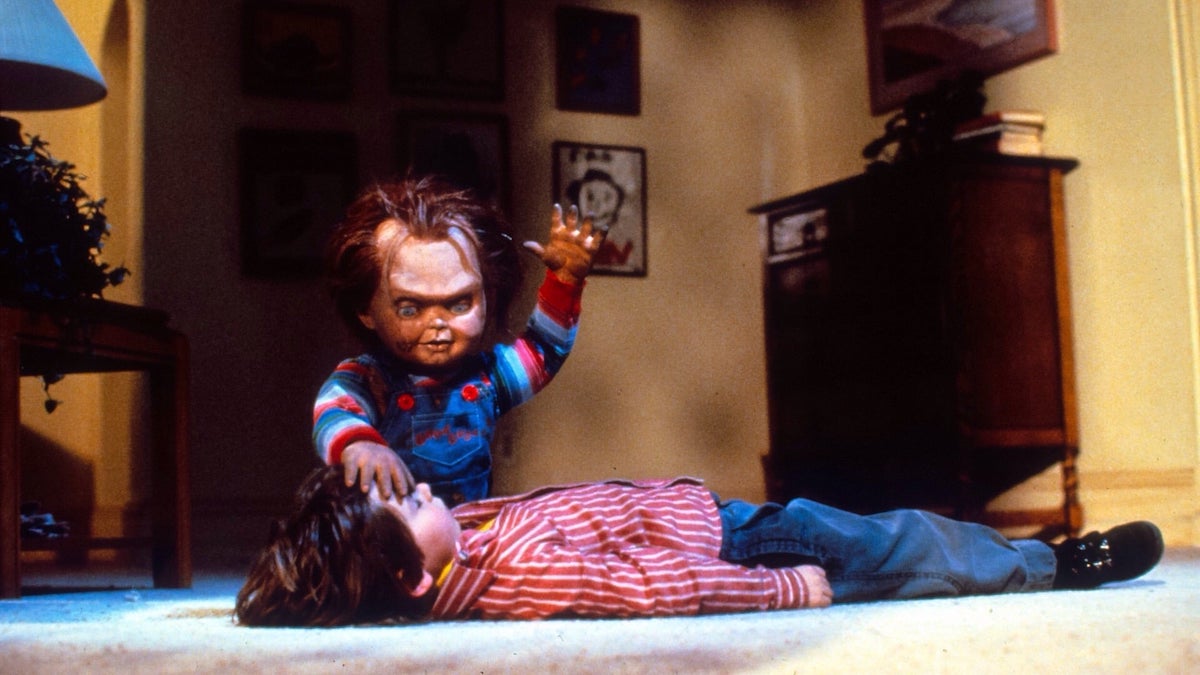
Yes, the brazen matriarch of Archer and Arrested Development (2003-06; 2013-19) did indeed voice Chucky. This made more sense at the time, given Holland’s inspiration from Mercedes McCambridge’s demonic voice work in The Exorcist (1973) and Walter’s DJ-deranged call-in stalker role in Play Misty for Me (1971). However, this never-seen cut of Child’s Play performed poorly in test screenings. Holland lamented that Walter was “ultimately too much a sweet, sweet lady to make this foul-mouthed, murderous male character believable. She was just too damn nice!”
The Chucky doll on set was anything but sweet and nice. It was an ultramodern radio-controlled animatronic controlled by up to nine puppeteers at the same time, in addition to the body doubles played by child extras and little people performers.
“The puppeteers were underneath looking at the doll on TV sets. However, the image was reversed, so the puppeteers were looking at everything that was left-to-right, but it was filming right-to-left. We had a terrible time controlling the doll’s eyes, and so we would just sit there and I would just shoot the fucking thing until the film ran out, again and again. We made the knife out of aluminium because it had to be as light as possible. We wired it on the doll’s hand because you couldn’t get the hand to grip. It doesn’t sound like a big deal, but when you’re sitting there with a whole crew and its costing $30,000 an hour, these were all enormous problems.”
Tom Holland
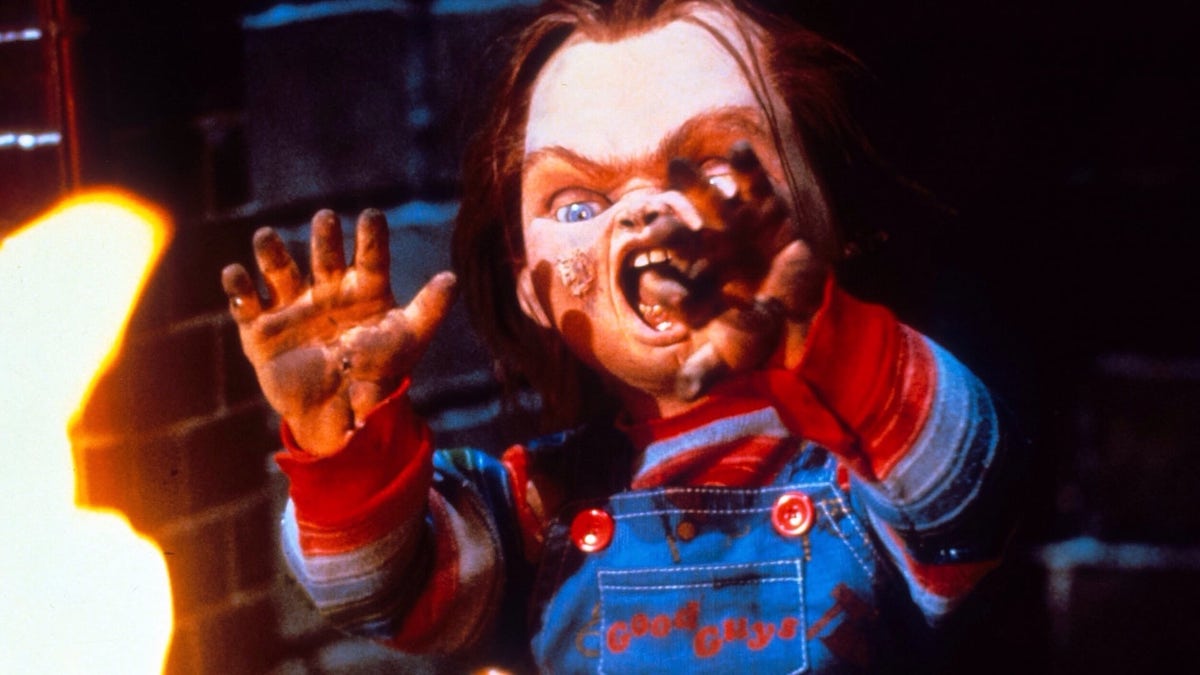
Even without Dourif’s intense vocal delivery, the puppetry alone sells the illusion that Chucky is possessed by a homicidal spirit. His facial features snarl, champ, and shoot daggers with his eyes, literally borrowed from the Cryptkeeper in Tales from the Crypt (1989-1996).
Given how believable Chucky is, it’s easy to forget he’s just a lump of plastic. But the talented puppeteers behind him deserve their due credit: Howard Berger, Bill Bryan, Allen Coulter, Steven James, Frank Charles Lutkus III, David Arthur Nelson, Loren Soman, Marc Tyler, and N. Brock Winkless IV. Lead designer and ‘executor’ Kevin Yagher even met his future wife, Catherine Hicks, while working on the film.
Unlike the climactic third act of Child’s Play, where Karen, Andy, and Norris team up to battle Chucky, the collaborative efforts to finish the film fell apart. The other reason for the poor previews was the film’s initial two-hour runtime. Holland was adamant about keeping every frame of Chucky action he had wrangled from the doll, declaring “No Chucky, no third act.”
Regarding the fever-pitch onslaught of the pint-sized Terminator in the final product, it’s hard to imagine how much more Chucky content there was in the excised half-hour. Perhaps it was too much of a good thing. Though he never entered the set during the shoot, Mancini was invited to oversee the cutting down of Child’s Play to size. Kirscher explained, “We did everything we could do to trim all of this back and show as little as possible of the doll because it was that much more frightening, just like Bruce in Jaws, or the title character in Alien.” As Mancini would go on to feature Chucky far more in the sequels, practically making him the main star, it seems evident that he knew this wasn’t the right approach for his debut.
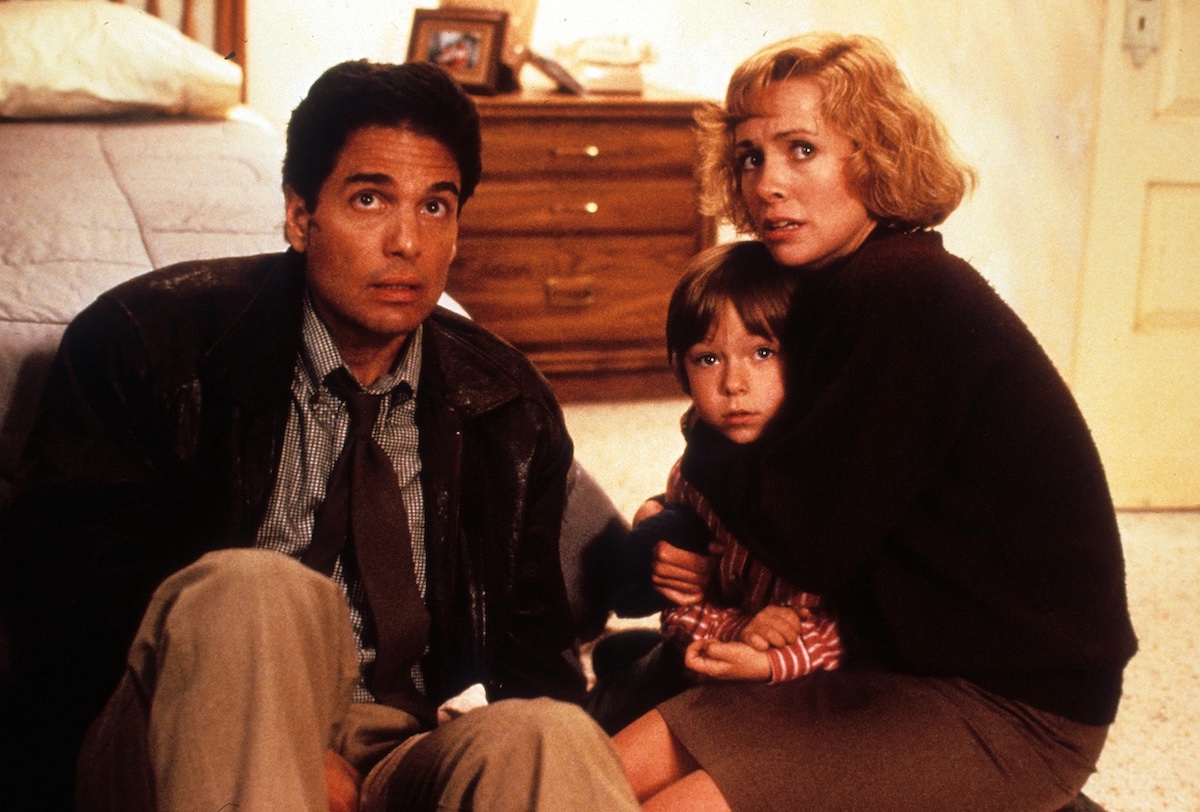
Mancini’s instincts were right. On an estimated budget of $9-13M, Child’s Play grossed over $44M at the box office, cementing Chucky as the last iconic 1980s slasher. Two sequels quickly followed in 1990 and 1991, but the genre was turned on its head by Scream (1996), which inspired the meta-horror-comedy Bride of Chucky (1998) and the camp bomb Seed of Chucky (2004) starring John Waters. Curse of Chucky (2013) and Cult of Chucky (2017) returned the focus to horror, with new lead Nica (Fiona Dourif) battling old threats like Chucky and his girlfriend Tiffany (Jennifer Tilly). Then in 2021, everything came to a head with the Chucky TV series. But despite all the twists and turns in his serial killing career, Chucky is still the same doll we know and love from 1988.
Unlike any other slasher franchise, Don Mancini has championed a consistent canon for 35 years. Preserving the highs and redeeming the lows, Mancini has achieved something truly commendable in delivering and exceeding expectations. However, the TV series highlights the collaborative nature of the franchise; other slasher franchises can push forward with just about anyone behind the mask and camera, but it’s impossible to make a lazy Chucky film. Writing the plausible and filming the impossible, with scores of unseen puppeteers all working in unison to bring Chucky to life, it takes a village to raise Chucky. The little guy’s set an extraordinary benchmark for all killer dolls since Child’s Play.
USA | 1988 | 87 MINUTES | 1.85:1 | COLOUR | ENGLISH

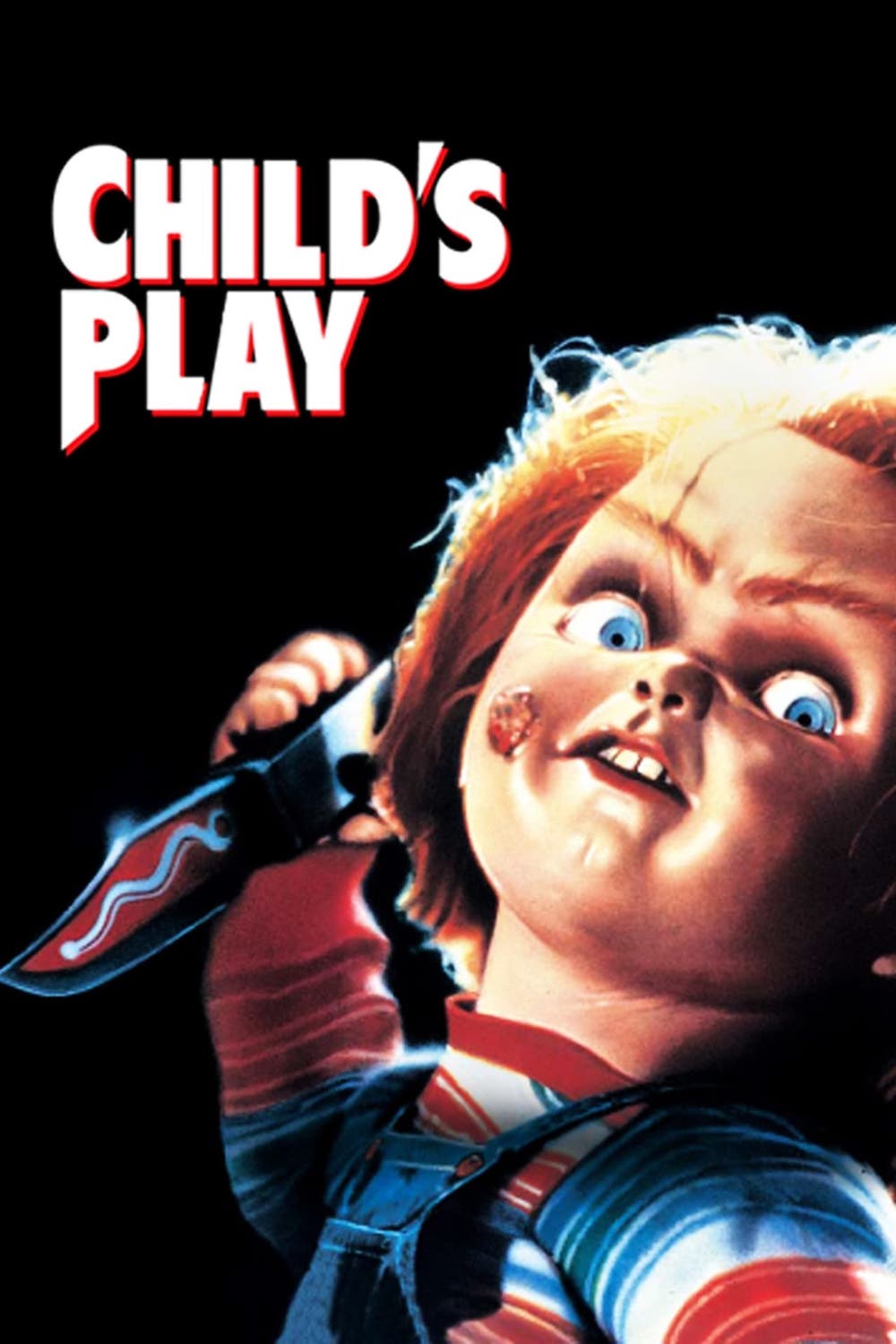
director: Tom Holland.
writers: Don Mancini, John Lafia & Tom Holland (story by Don Mancini).
starring: Catherine Hicks, Chris Sarandon, Alex Vincent, Dinah Manoff, Tommy Swerdlow, Jack Colvin & Brad Dourif.
